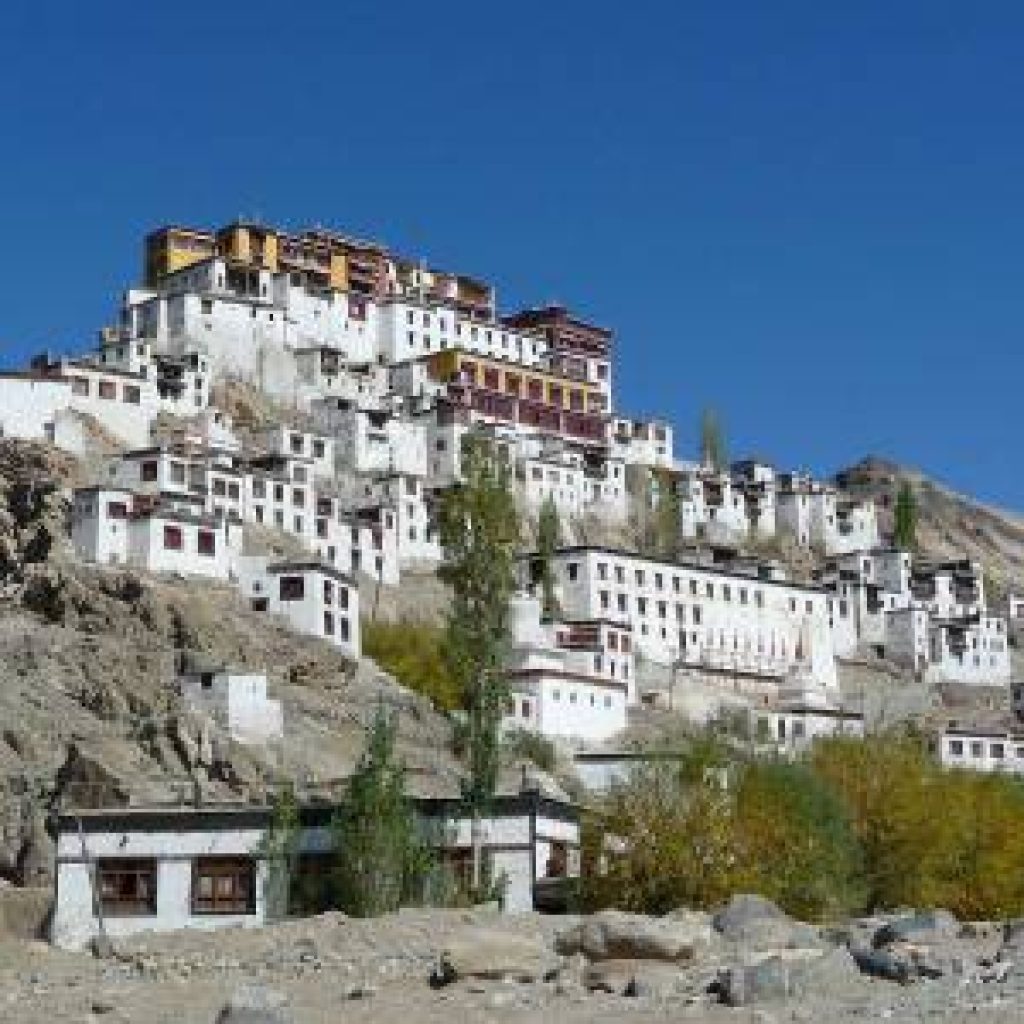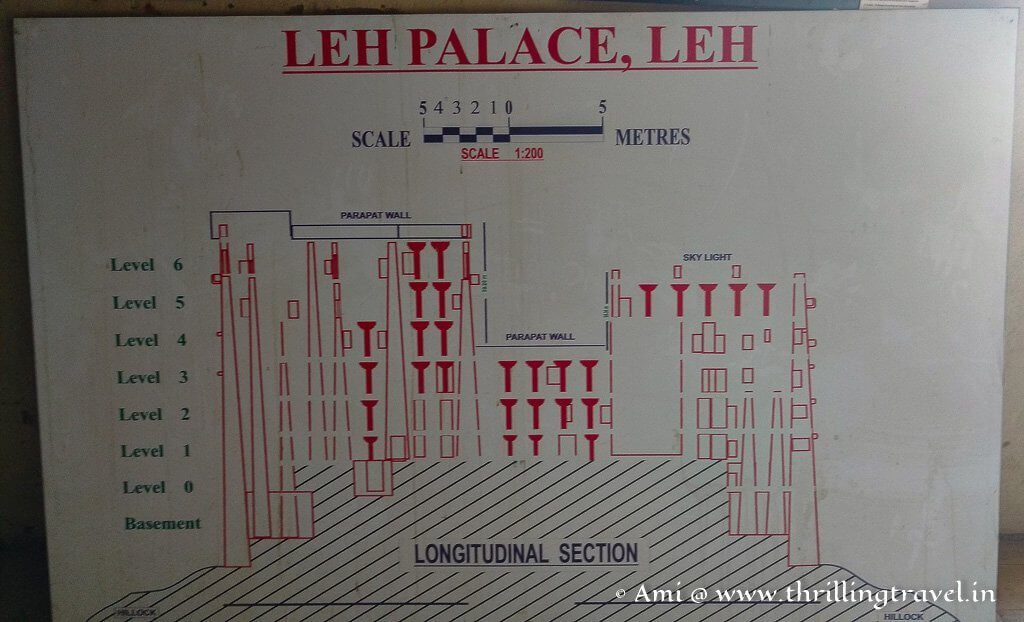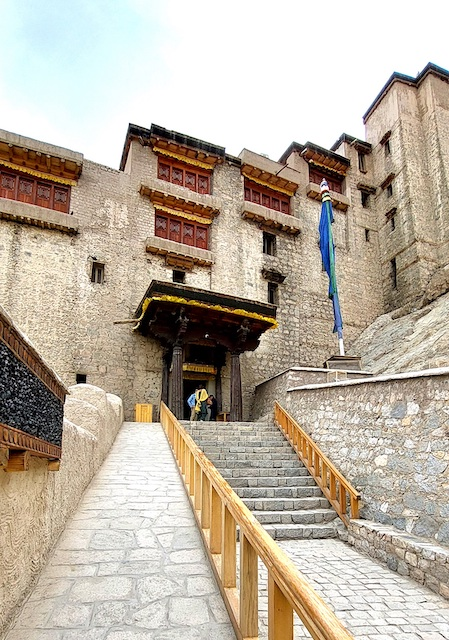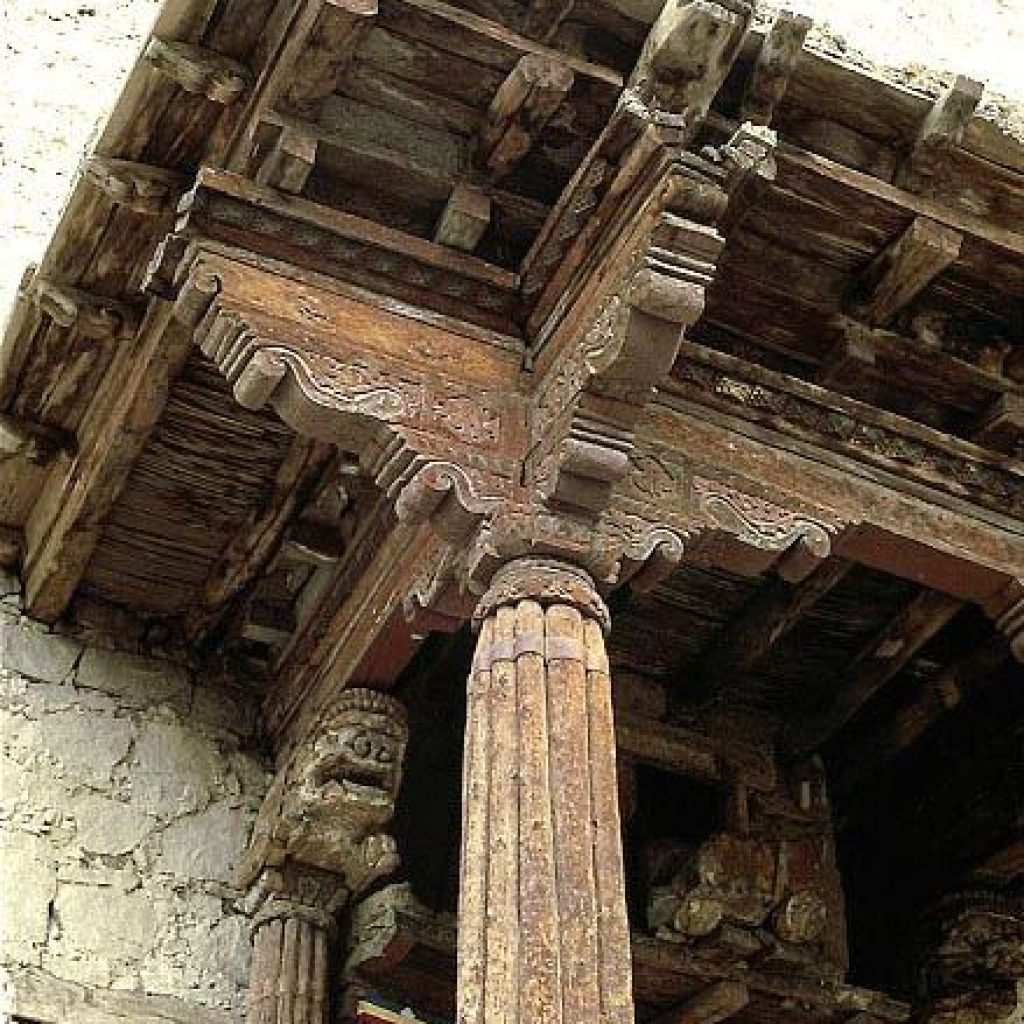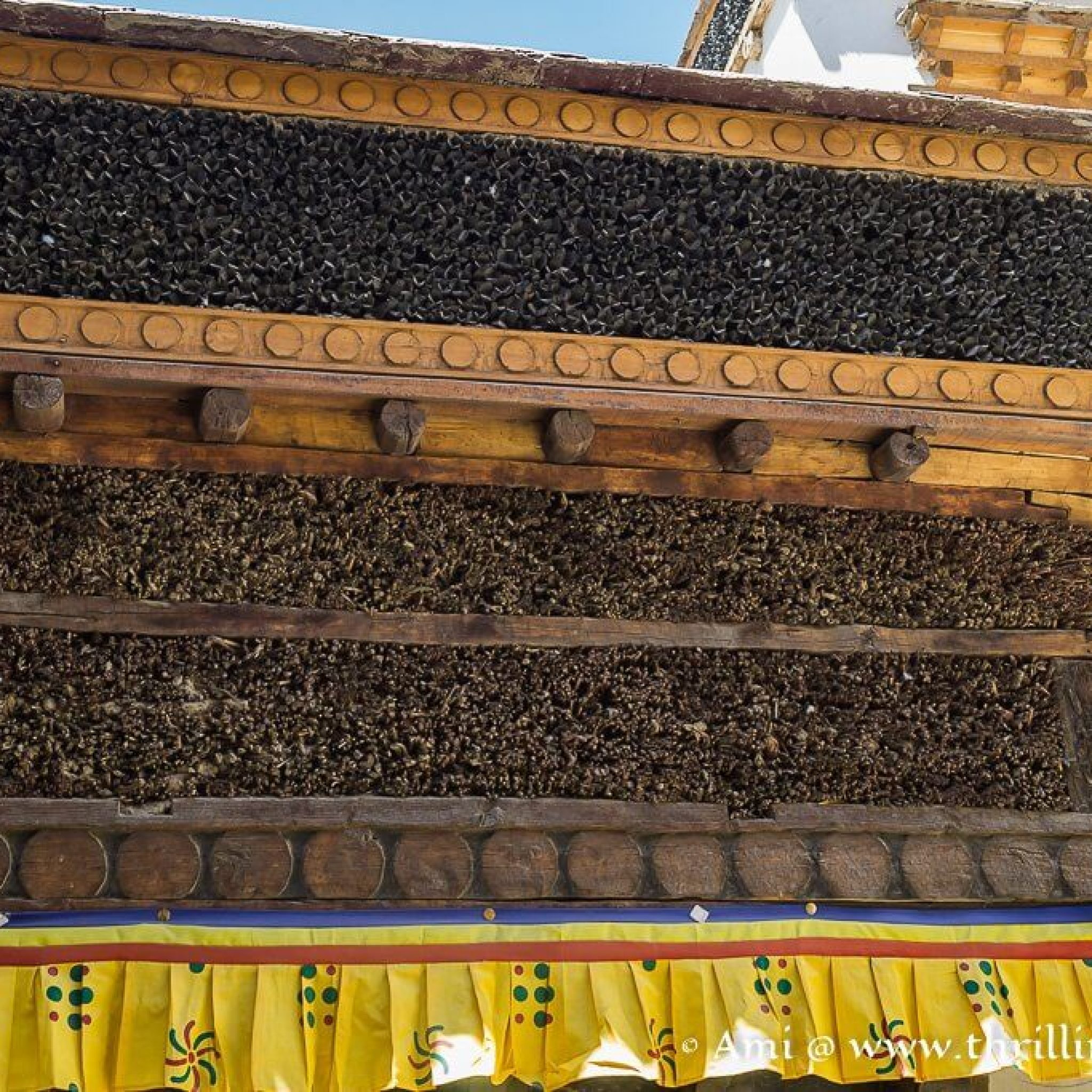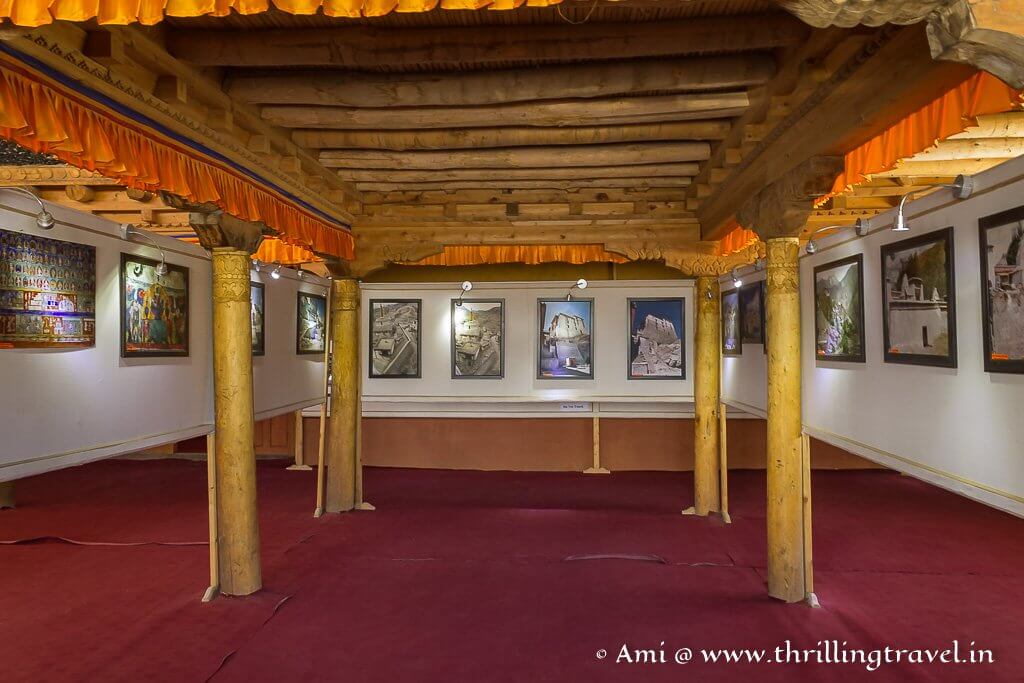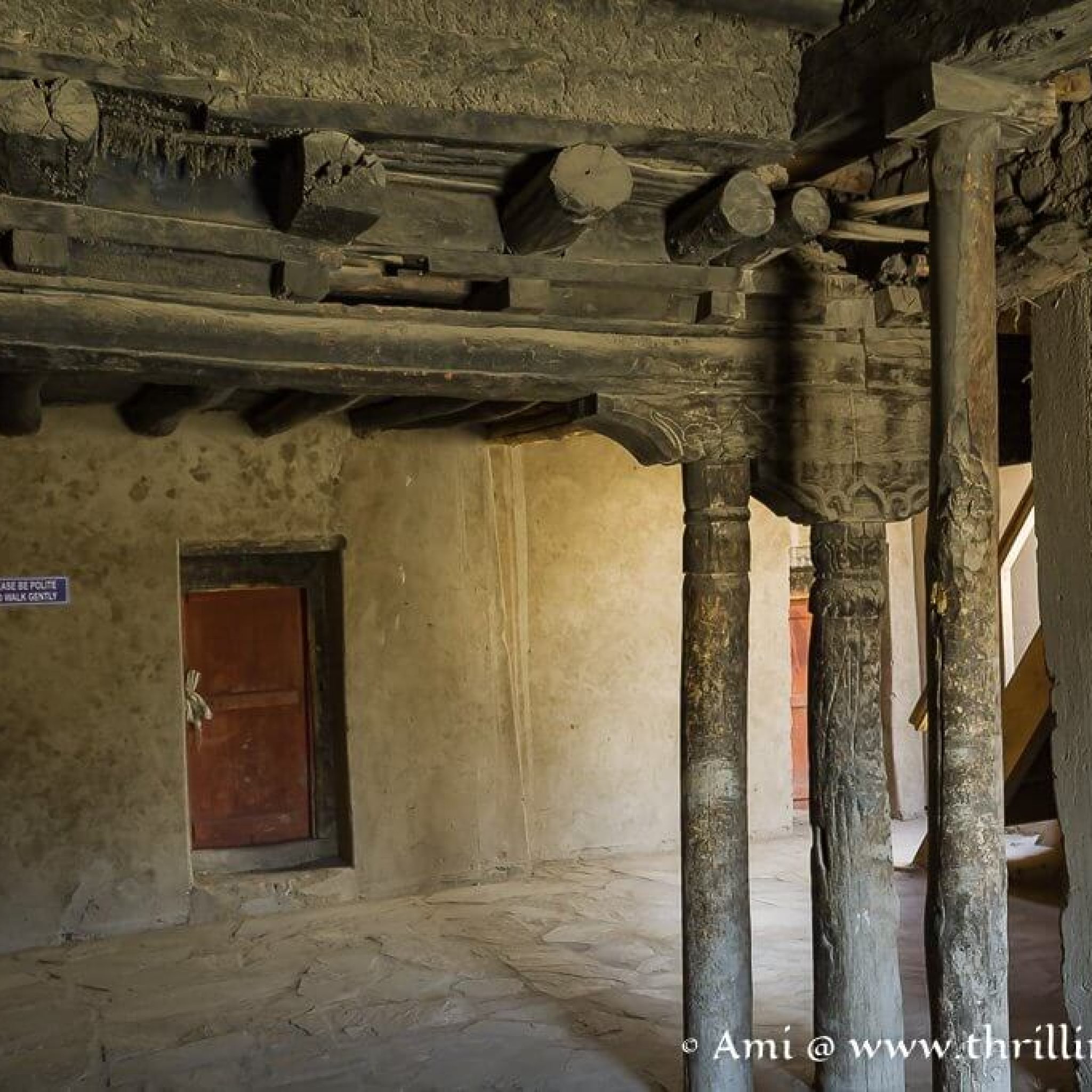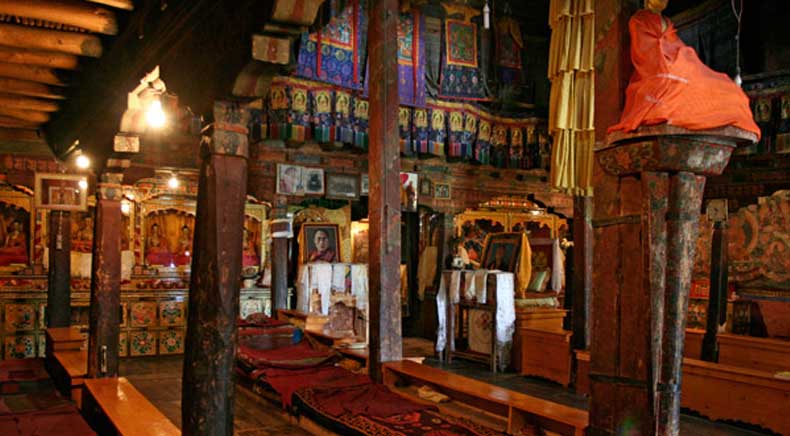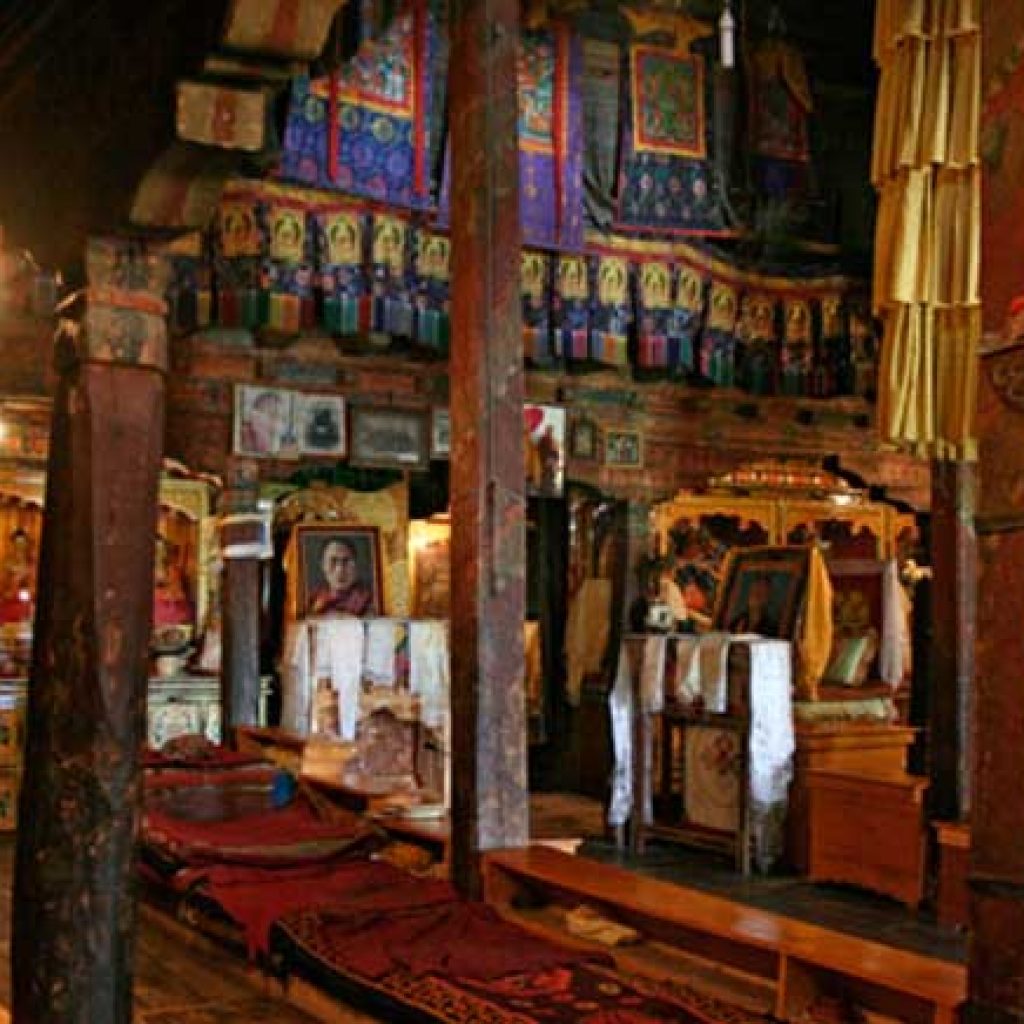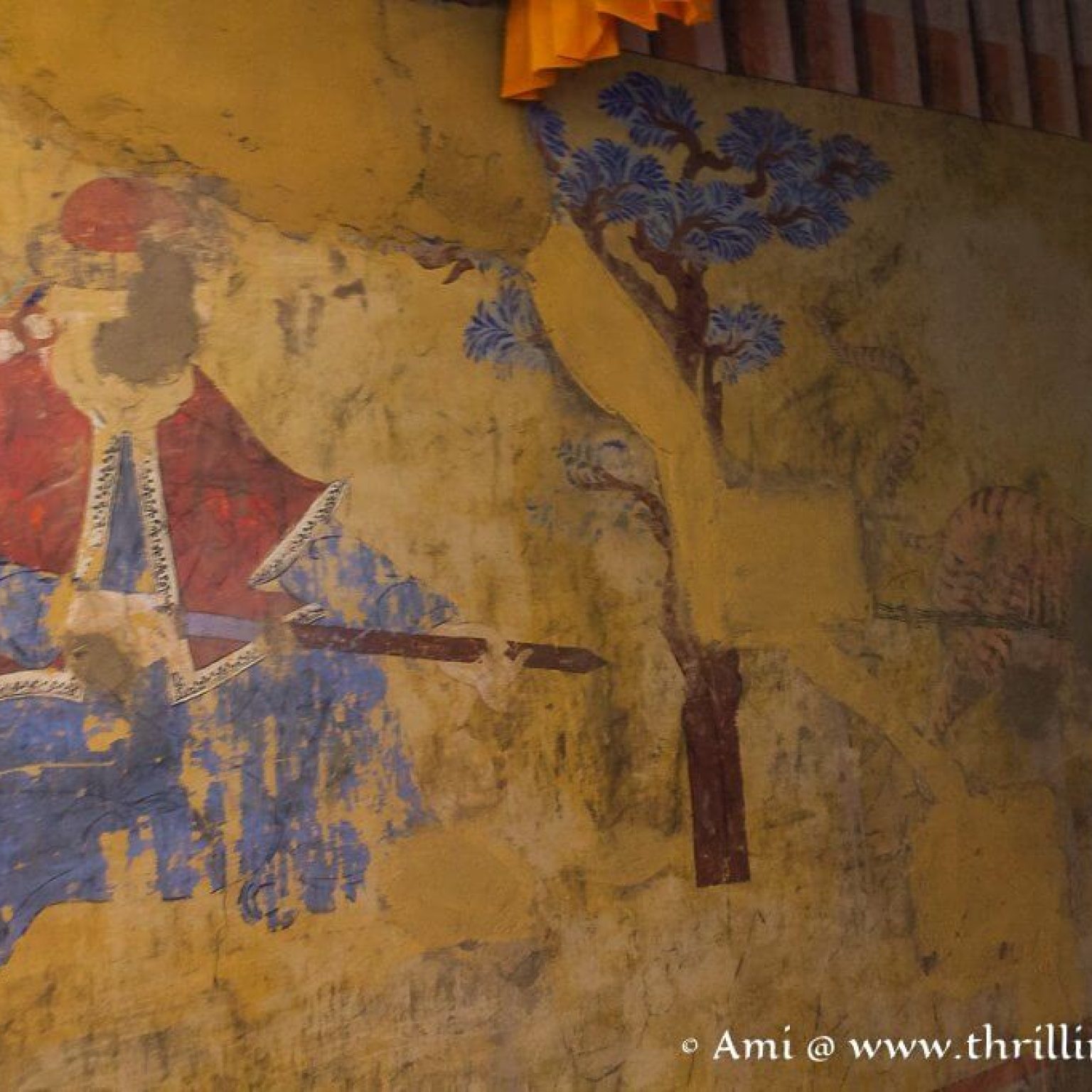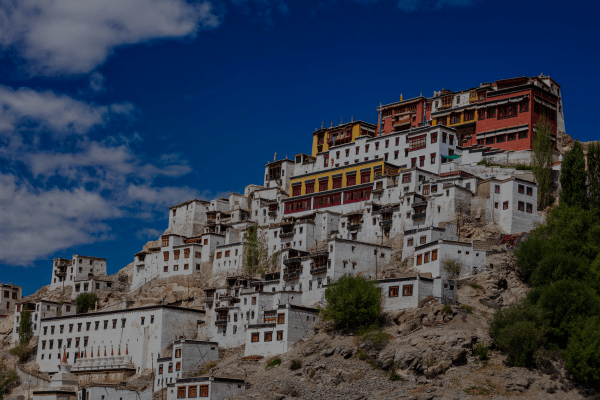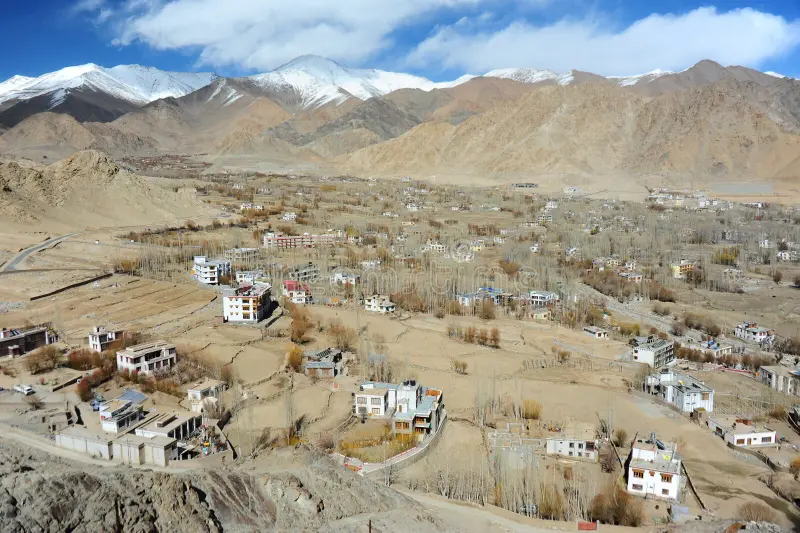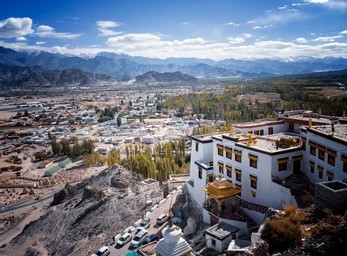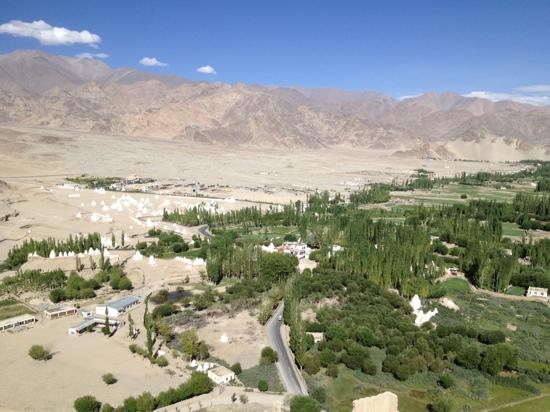Historical & Ecological Significance
Established in 1981, Hemis National Park was created to protect the fragile ecosystem of Ladakh’s Trans-Himalayan region and its endangered species.
The park is part of the Indus River watershed and includes the valleys of Markha, Rumbak, and Sumdah — all rich in biodiversity and high-altitude flora and fauna.
It is also a stronghold of traditional Ladakhi pastoral life, where small settlements and ancient Buddhist gompas coexist with snow leopards and blue sheep.
Hemis is more than a national park — it’s a living cultural landscape where local communities, ancient monasteries, and rare species share the same space in balance and reverence.




